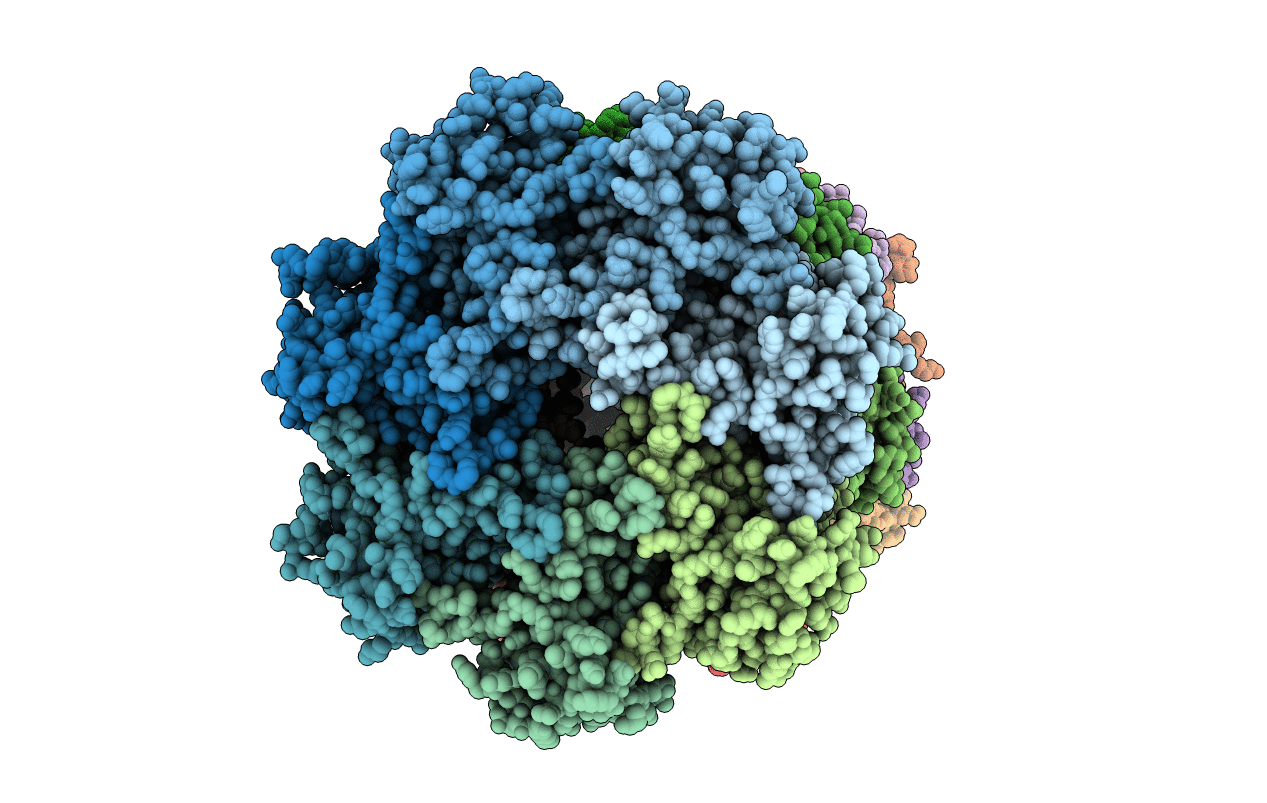
Deposition Date
2020-05-22
Release Date
2020-08-05
Last Version Date
2024-01-24
Entry Detail
PDB ID:
6Z46
Keywords:
Title:
Structure of the S. acidocaldarius 20S proteasome (Saci0613/Saci0662)
Biological Source:
Source Organism:
Sulfolobus acidocaldarius (Taxon ID: 2285)
Host Organism:
Method Details:
Experimental Method:
Resolution:
3.70 Å
R-Value Free:
0.33
R-Value Work:
0.28
R-Value Observed:
0.28
Space Group:
P 21 21 21


